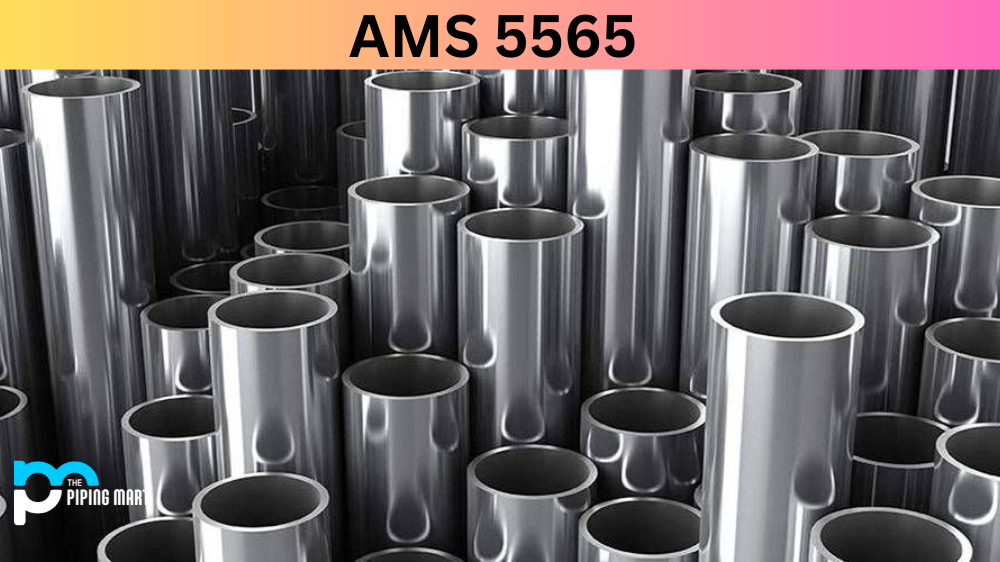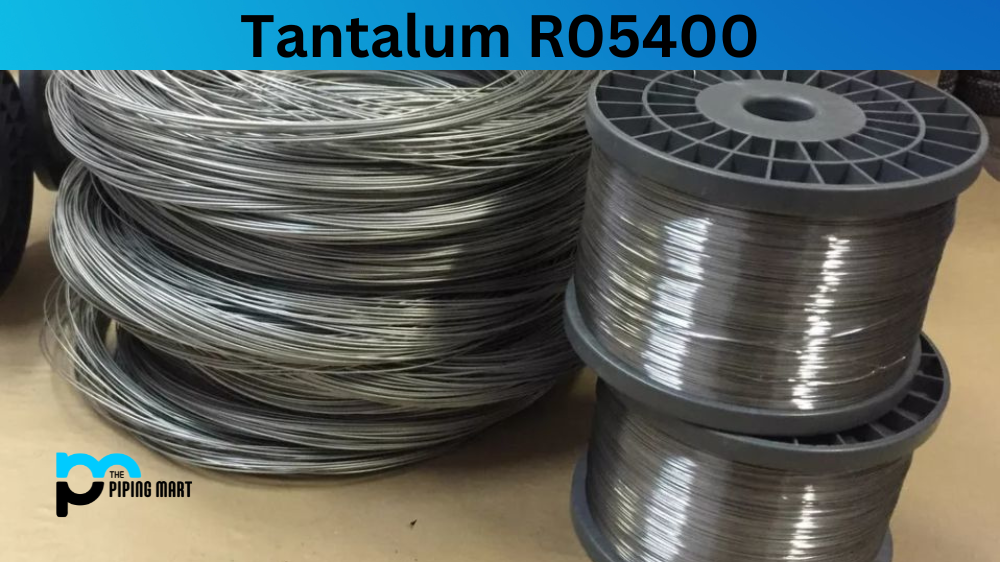Brass is an alloy many industries and people used for centuries due to its unique properties. One type of brass has gained popularity in recent years is C36000 brass. It has become a go-to material for many industrial applications, but few know much about it. This blog will take a comprehensive look at C36000 brass, covering its composition, physical and mechanical properties, uses, hardness, heat treatment, welding, and corrosion resistance.
C36000 Brass Composition
C36000 brass is a popular brass type of copper, lead, and zinc. Its composition ranges from 58% to 63% copper, 2.5% to 3.7% lead, and the remaining balance is zinc. The lead content in C36000 brass gives it high machinability; however, it reduces its electrical conductivity and should be kept in mind when selecting the material for specific applications.
| Element | Content (%) |
|---|---|
| Cu | 61.5 |
| Pb | 3 |
| Zn | 35.5 |
C36000 Brass Physical Properties
C36000 brass has excellent physical properties. It has a density of around 8.49 g/cm3 and a melting point of 890°C. It also has good thermal conductivity, enabling it to quickly transfer heat. These physical properties make it a suitable material for applications where heat is present.
| Properties | Metric | Imperial |
|---|---|---|
| Density | 8.49 g/cm3 | 0.307 lb/in³ |
| Melting point | 885°C | 1630°F |
C36000 Brass Mechanical Properties
C36000 brass has good mechanical properties, especially strength and flexibility. Its ultimate tensile strength is about 410 MPa, and its Brinell hardness ranges from 80 to 90 HB. It can be easily machined but requires more power to cut than other brass alloys.
| Properties | Metric | Imperial |
|---|---|---|
| Tensile strength | 338-469 MPa | 49000-68000 psi |
| Yield strength (depending on temper) | 124-310 MPa | 18000-45000 psi |
| Elongation at break ( in 457.2 mm) | 53% | 53% |
| Elastic modulus | 117 GPa | 17000 ksi |
| Poisson’s ratio | 0.34 | 0.34 |
| Machinability (UNS C36000 (free-cutting brass) = 100) | 100 | 100 |
| Shear modulus | 37 GPa | 5370 ksi |
C36000 Thermal Properties
| Properties | Metric | Imperial |
|---|---|---|
| Thermal expansion co-efficient (@ 20-300°C/ 68-572°F) | 20.5 µm/m°C | 11.4 µin/in°F |
| Thermal conductivity (@ 20°C/ 68°F) | 115 W/mK | 798 BTU in/hr.ft².°F |
C36000 Brass Uses
C36000 brass has a wide range of applications across various industries. It is commonly used to manufacture fasteners, valves, fittings, and connectors. It is also used in plumbing fixtures, gears, and electrical components such as terminals, connectors, and switch parts.
C36000 Equivalents
- ASTM B16
- SAE J461
- SAE J463
C36000 Brass Hardness
C36000 brass has a medium-hardness rating, making it suitable for applications where both hard and soft materials are required. Work-hardening can increase its hardness, which involves stretching or forming the material.
C36000 Brass Heat Treatment
C36000 brass can be heat-treated to increase strength and flexibility. However, the process should be carefully controlled to prevent the formation of intermetallic compounds that can weaken the material. The recommended temperature range for annealing is between 370°C to 650°C.
C36000 Brass Welding
C36000 brass can be welded using various methods, such as gas tungsten arc welding (GTAW), gas metal arc welding (GMAW), and resistance welding. However, it is important to ensure that the welding process does not generate excessive heat, which can cause cracks and weaken the material.
C36000 Brass Corrosion Resistant
C36000 brass has good resistance to corrosion, especially in seawater and marine environments. Its high zinc content makes it resistant to dezincification, a process where the zinc is selectively leached out of the brass alloy in specific environments.
Conclusion:
C36000 brass is an alloy that has become popular in many industries. Its unique composition, physical and mechanical properties, and corrosion resistance make it an ideal material for various applications. It is a versatile material that is easy to machine and can be welded. Its hardness can be increased through work-hardening. When choosing C36000 brass for a specific application, it is important to consider its lead content and ensure it is suitable.

Abhishek is a seasoned blogger and industry expert, sharing his insights and knowledge on various topics. With his research, Abhishek offers valuable insights and tips for professionals and enthusiasts. Follow him for expert advice on the latest trends and developments in the metal industry.




